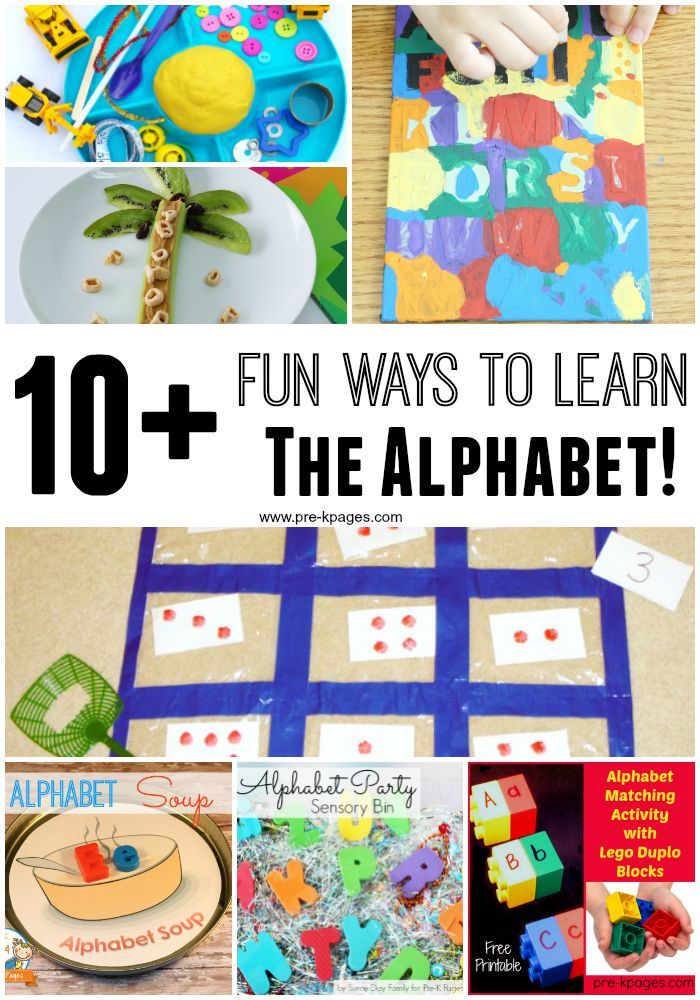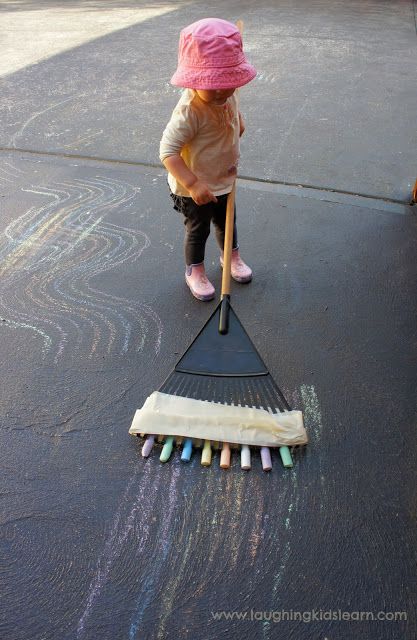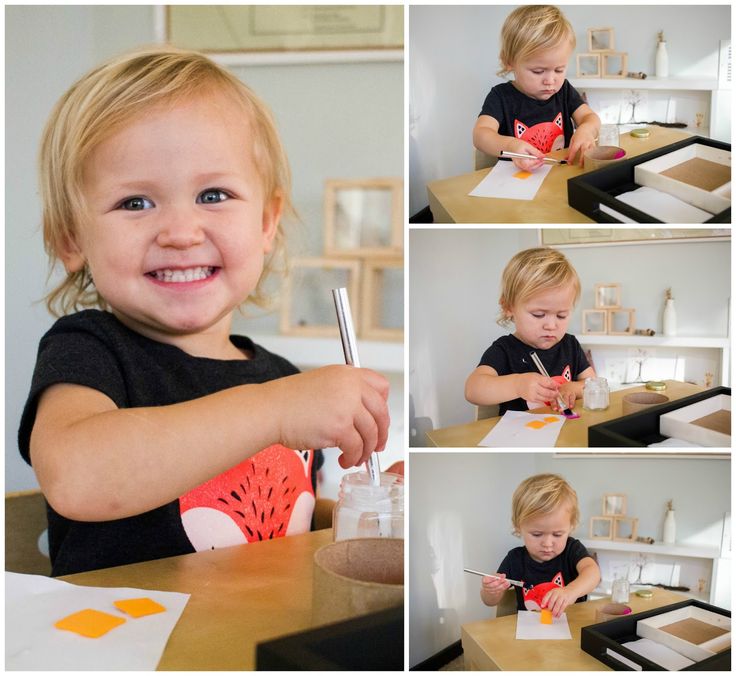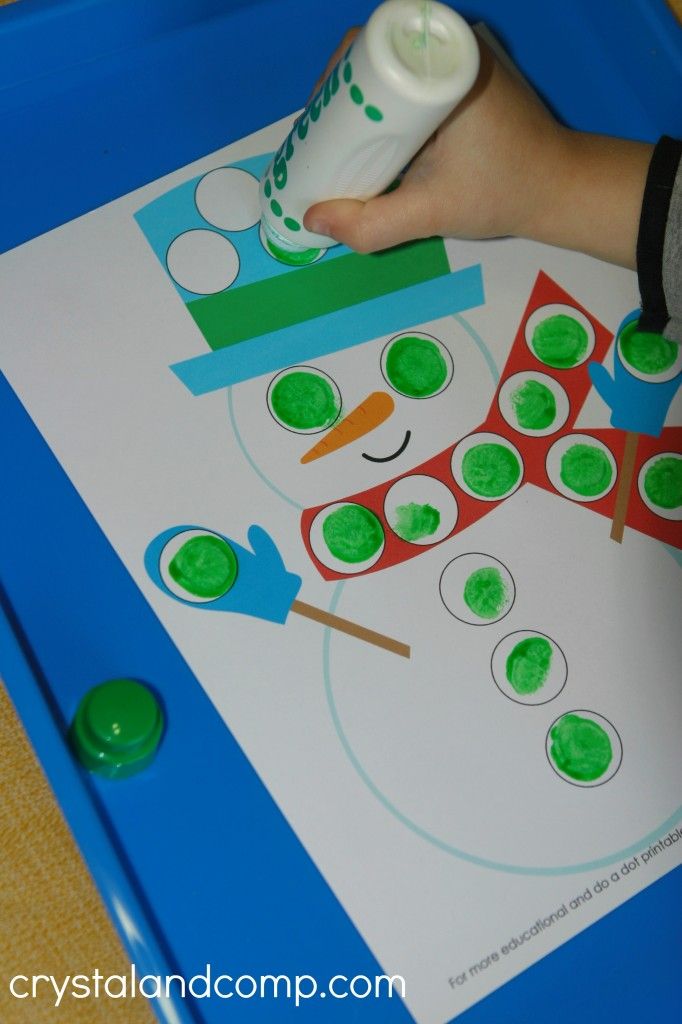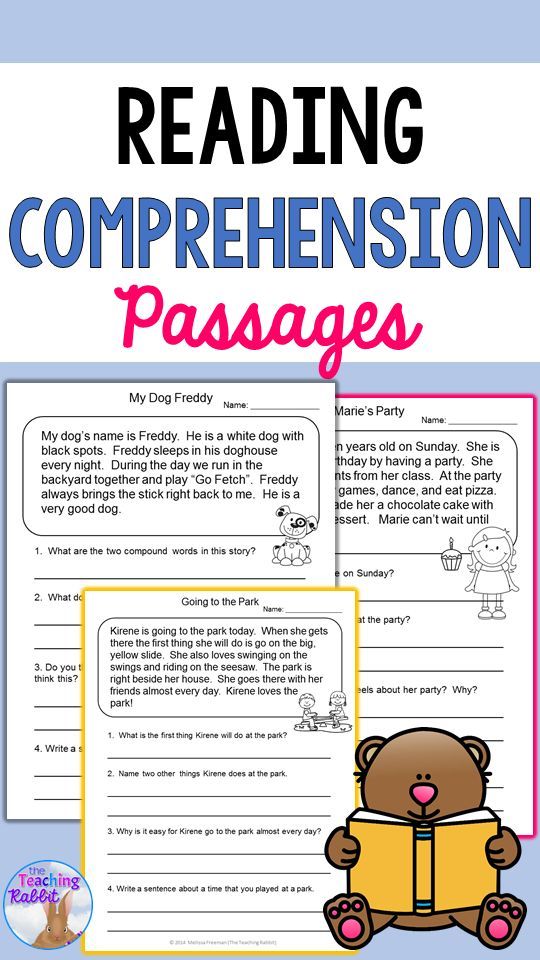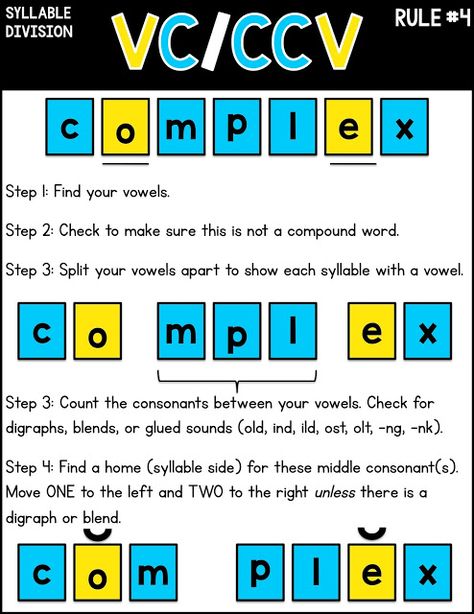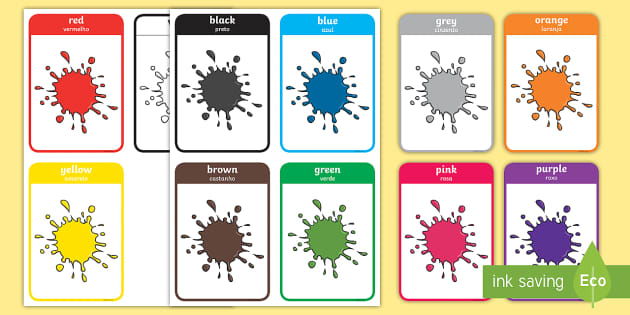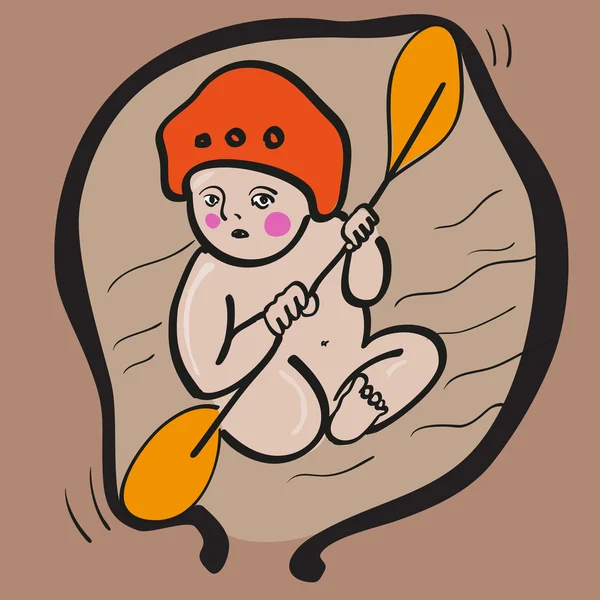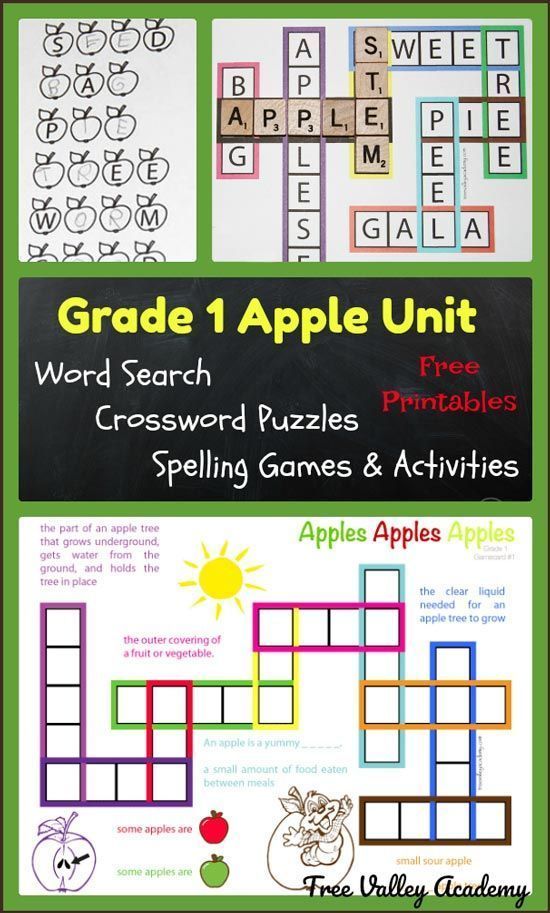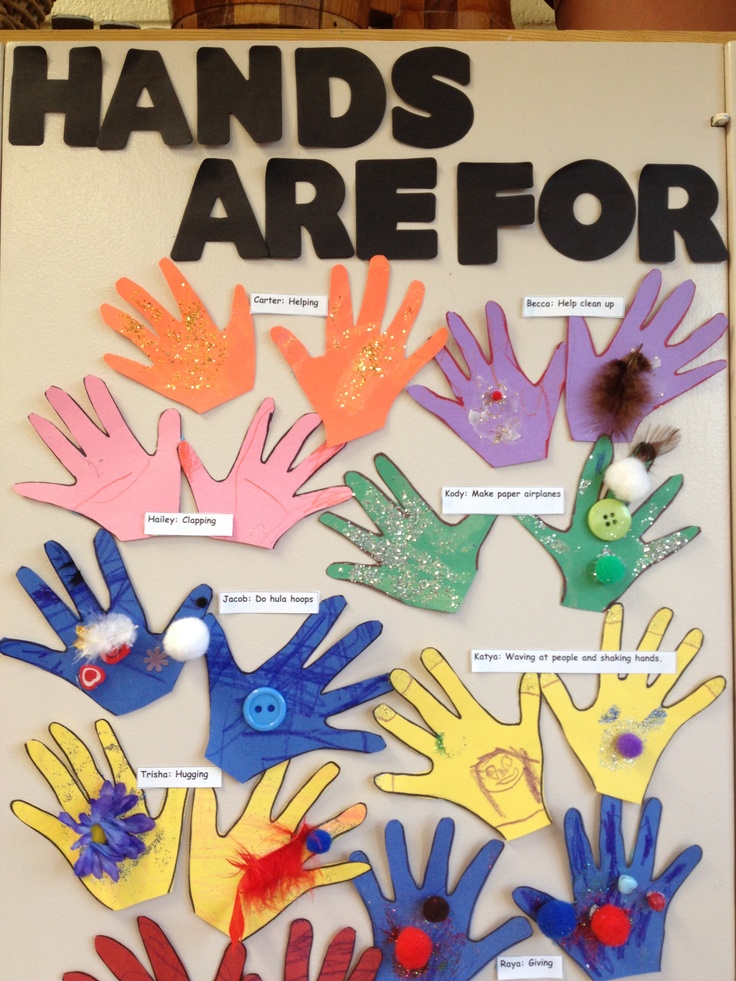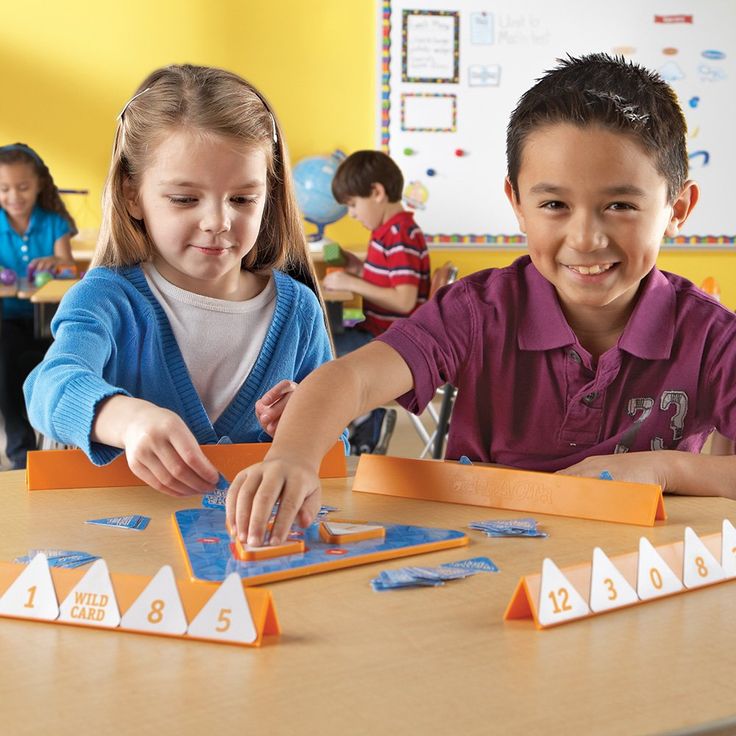Shapes first graders should know
21+ First Grade Shapes Worksheets To Teach Geometry
Supplemental resources, like first grade shapes worksheets, will help your students progress past kindergarten core geometry concepts into the two-dimensional and three-dimensional geometric shapes and associated concepts required for first grade math.
What Is Geometry in First Grade?First grade geometry concentrates on three main concepts: identify, compose, partition. Students learn to Identify and distinguish between defining attributes (closed points, number of sides) and non-defining attributes (color, size), and build shapes based on their attributes.
They will learn to compose two dimensional and three dimensional shapes made from combining two or more other shapes (two triangles can make a square). Students will also learn to
partition shapes into shares, to describe them using basic fraction terms, and to understand that this partitioning creates smaller shares.
In partnership with Teach Simple, whose marketplace is full of educational materials created by actual teachers (plus 50% of all revenues go to them), I’ve gathered 21 first grade geometry shape worksheets to help inspire your students and liven up your classroom geometry routine!
Table of Contents
- What Is Geometry in First Grade?
- Best First Grade Shapes Worksheets
- Geometry Task and Drill Sheets
- Shape Counting Worksheet
- Side Counting Worksheet
- Sorting Shapes Worksheet
- Constructing Shapes Worksheet
- Shapes Alphabetical Order Worksheet
- Drawing Shapes By Attributes
- Drawing Shapes by the Rules
- Identify 2D Shapes Worksheet
- Compare 2D and 3D Shapes Worksheet
- Construct 2D and 3D Shapes Worksheet
- 3D Shapes Worksheet
- 2D and 3D Shapes Worksheet
- 3D Shapes Sorting Worksheet
- Triangles, Rectangles, or Neither Worksheet
- Know Your Shapes Worksheet
- Identify Real Life Shapes Worksheet
- Finding Geometry Examples Worksheet
- Shape Scavenger Hunt Worksheet
- Geometry Drill Sheets Vol 1-6
- Geometry Word Problems Vol 1-5
- What Shapes Should a 1st Grader Know?
- Check Out These Additional 1st Grade Resources
These task and drill sheets will help young students become familiar with geometric shapes. They use a variety of exercises to engage the learner and encourage a deeper understanding to progress past the basic geometric concepts learned in kindergarten.
They use a variety of exercises to engage the learner and encourage a deeper understanding to progress past the basic geometric concepts learned in kindergarten.
Download Here
Shape Counting WorksheetStudents can practice several concepts including, shape identification, numbers and counting, and writing with this worksheet. They will write the numeral and the word for each number of shapes in the corresponding boxes.
Download Here
Side Counting WorksheetOn this simple yet effective worksheet, students will write the numeral and the word for the number of sides each shape has in the corresponding box.
Download Here
Sorting Shapes WorksheetYour young learners get to combine colors with shapes in this fun worksheet. To begin, students will read instructions assigning each shape a corresponding color. The total number of the shapes in a given category can be recorded on the back of the page.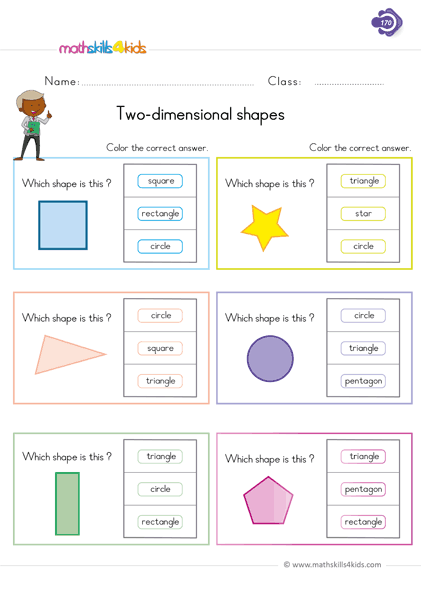
Download Here
Constructing Shapes WorksheetFor your kinesthetic-tactile learners, this worksheet guides young students through constructing geometric shapes with clay and toothpicks.
Download Here
Shapes Alphabetical Order WorksheetChildren will continue to strengthen their skills with the alphabet as they order these shapes accordingly, all in one worksheet.
Download Here
Drawing Shapes By AttributesThis is a fun worksheet to help the kids learn the attributes of geometric shapes and identify non-defining attributes as well. Attributes include size, color, number of sides, and closed or open.
Download Here
Drawing Shapes by the RulesDevelop your students two-dimensional shape skills with this writing and drawing worksheet. Children will draw the shapes and identify some of their attributes in the spaces provided.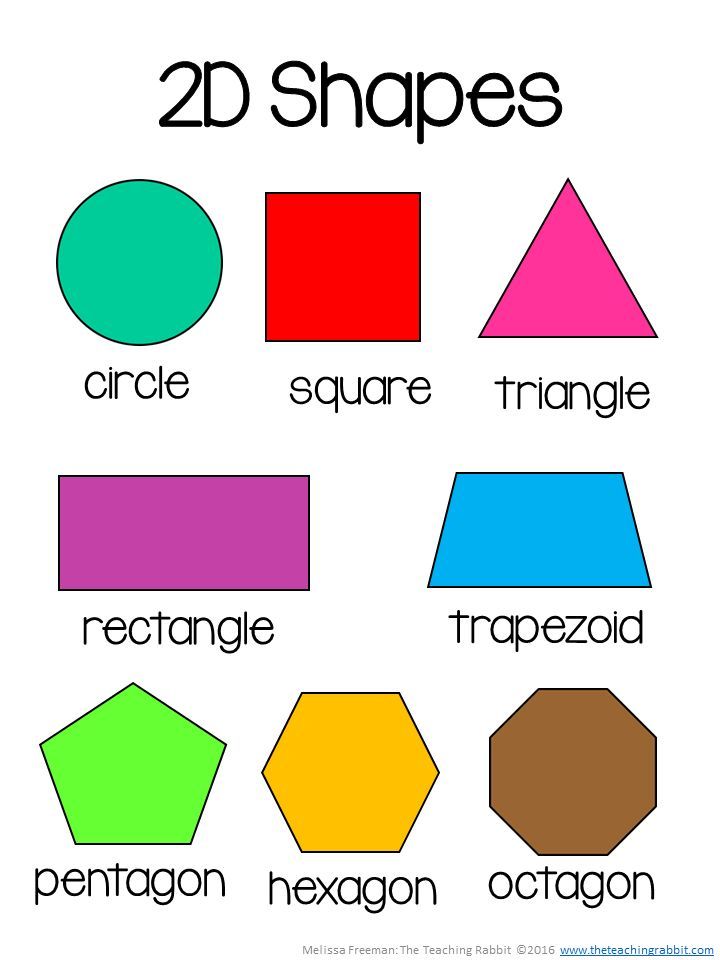
Download Here
Identify 2D Shapes Worksheet
This is a fun two-dimensional geometry worksheet that asks children to identify like shapes and color them with a corresponding color.
Download Here
Compare 2D and 3D Shapes WorksheetThis is an interactive worksheet with cut-outs that kids can use with the charts on the attached pages to sort the two-dimensional and three-dimensional shapes in various ways based on their similarities.
Download Here
Construct 2D and 3D Shapes WorksheetThis is a fun worksheet for your kinesthetic-tactile learners. Students are given a selection of materials provided by the instructor to build a two-dimensional and three-dimensional object, then write the defining attributes of each in the spaces provided.
Download Here
3D Shapes WorksheetBright colors and recognizable shapes make this worksheet fun and engaging.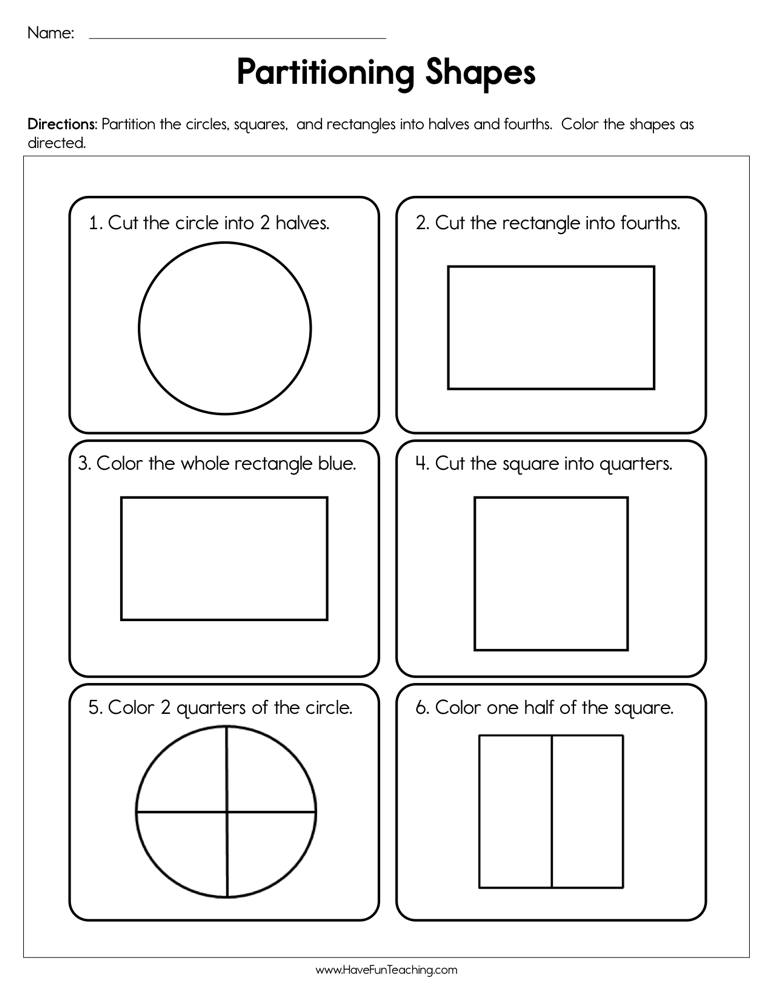 Children are asked to match the three-dimensional objects taken from real life to their corresponding geometric name.
Children are asked to match the three-dimensional objects taken from real life to their corresponding geometric name.
Download Here
2D and 3D Shapes WorksheetThis bubble worksheet helps your students learn to identify two-dimensional and three-dimensional objects.
Download Here
3D Shapes Sorting WorksheetThis fun visual worksheet applies the basic principles of geometry and three-dimensional shapes to real-life objects. Students cut and paste the correct three-dimensional shape to the corresponding box on page 2 of the worksheet.
Download Here
Triangles, Rectangles, or Neither WorksheetStudents get to color while they learn with this worksheet. They will practice identifying defining attributes vs. non-defining attributes by circling the correct shape with the correct color crayon.
Download Here
Know Your Shapes WorksheetOnce again, get your kids practicing how to distinguish between two-dimensional and three-dimensional objects by applying the appropriate corresponding color.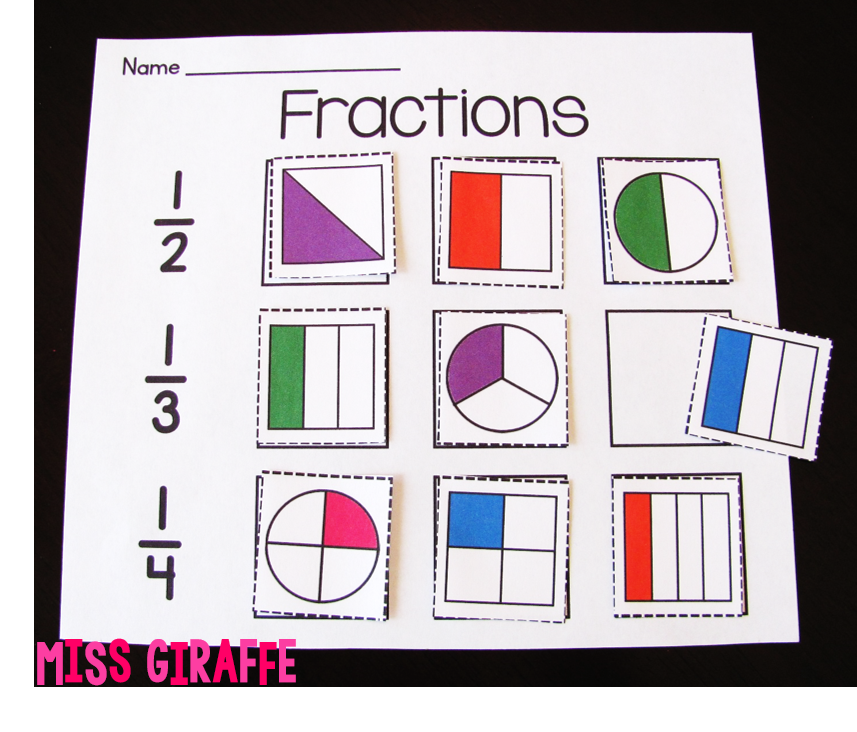
Download Here
Identify Real Life Shapes WorksheetGet out your crayons because this worksheet involves coloring! Students will color the two-dimensional shapes in their corresponding color. Each object has shapes inside shapes to challenge them a bit on their shape knowledge.
Download Here
Finding Geometry Examples WorksheetThis worksheet asks students to find two-dimensional objects they see in their environment and document them in the corresponding boxes. They learn to identify the attributes of these two-dimensional shapes and develop their vocabulary, spelling, and notetaking skills.
Download Here
Shape Scavenger Hunt WorksheetThis worksheet will get your kids up and moving! Students need to find shapes around the classroom that match the three-dimensional shapes on the worksheet.
They will also learn how to recognize everyday objects as three-dimensional geometric shapes while practicing spelling and writing too.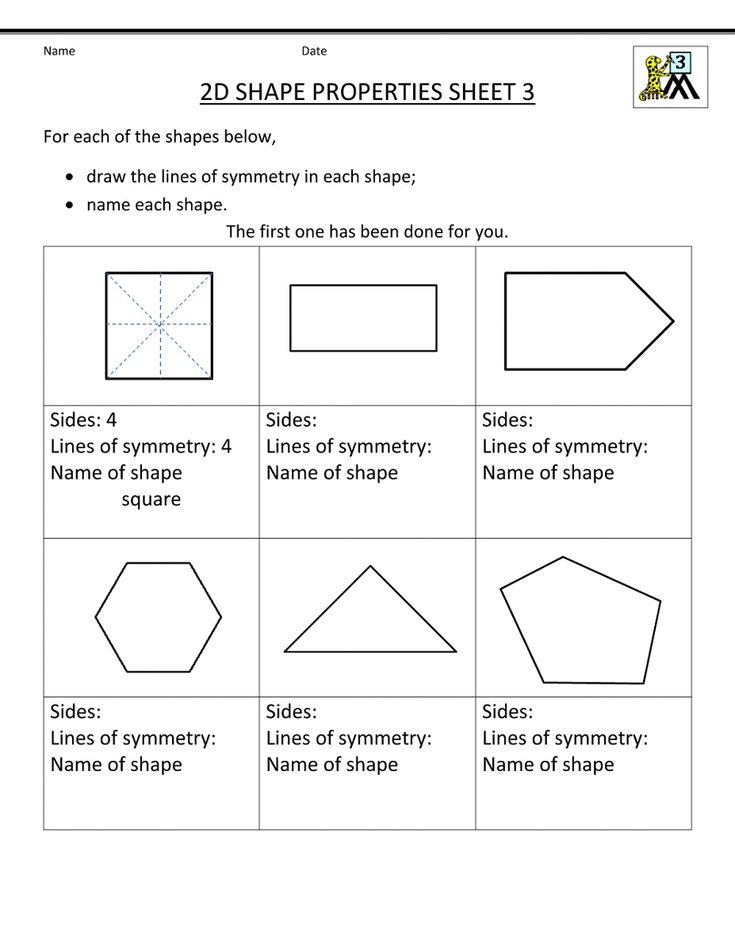
Download Here
Geometry Drill Sheets Vol 1-6If you’re looking for a super thorough and semester-long resource, the next few are for you!
These resources inspire students to learn geometry basics in fun new ways. Each volume in this Geometry Drill Sheet Collection contains:
- Both warm-up and timed drill activities
- Diverse content and various difficulty levels
- Two and three dimensional shapes
- Fractions
- Coordinate points
- Composing and decomposing shapes
- Incorporation of the use of technology, where appropriate
The six volumes in this drill set work steadily through core competencies. They bring students from basic geometric shapes to discussing geometric shapes and their partitions in fraction terms. These packets also contain bonus education materials including additional worksheets, full-color activity posters, review sheets, and rubrics.
Download Geometry Drill Sheets Vol 1
Geometry Word Problems Vol 1-5These geometry word problem sheets are available in 5 different volumes and are great for teaching cross-functional lessons as they combine math, reading, and writing skill development.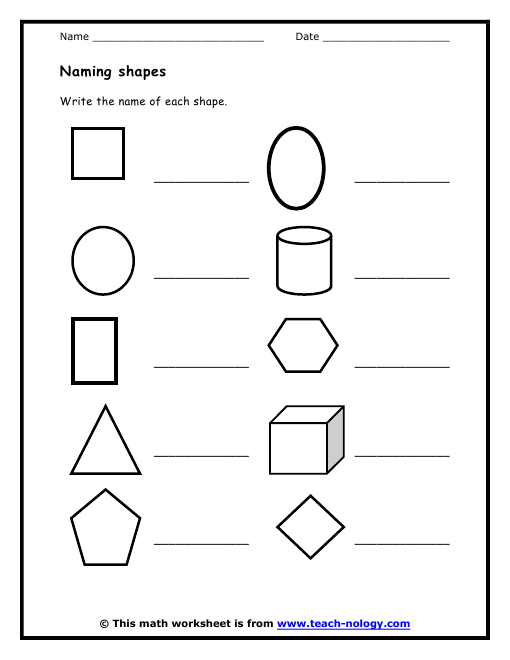 Each sheet will:
Each sheet will:
- Build on their existing geometric and mathematics vocabulary while introducing new concepts using word problems about real-life student experiences
- Provide diverse content and difficulty levels
- Focus on two and three dimensional shapes, fractions, coordinate points, and composing and decomposing shapes
- Incorporate the use of technology, where appropriate
Download Geometry Word Problems Vol 1
What Shapes Should a 1st Grader Know?Throughout the year, first-grade students build on their shapes knowledge that they learned in kindergarten and gain a deeper understanding of the relationship that shapes and decomposed shapes have with whole and fractional measurement. Some key shapes that 1st graders should know by the end of the year include:
- two-dimensional shapes: rectangles, trapezoids, squares, triangles, half-circles, circles
- three-dimensional shapes: cubes, spheres, cylinders, pyramids, cones
- Halves (such as the fact that two halves make one whole) and fourths
With so many to choose from, you’re sure to find a first grade shapes worksheet that will help teach these fundamental geometry skills to your young students.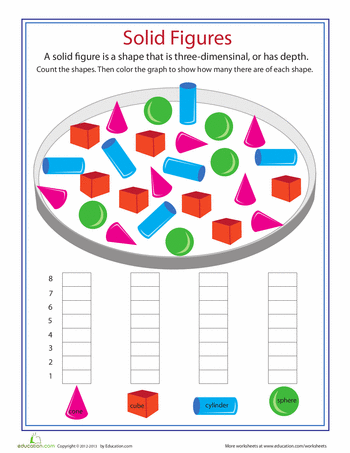
About the Author
My name is Hannah and I love learning so much that I made it a career. I enjoy getting to know people’s learning and teaching styles and helping them get the most out of their classroom. For the last nine years, I have been writing, developing, and editing content for a variety of topics and professions. When I am not involved in all things education, you can find me out in my garden, volunteering with my Rotary Club, and cooking delicious meals for my family.
Understanding 2D Shapes and Their Attributes
- Teaching Resources
- 1st Grade
Understanding and identifying basic 2D shapes based on their attributes is a first grade, Common Core math skill: 1.GA.1. Below we show two videos that demonstrate this standard. Then, we provide a breakdown of the specific steps in the videos to help you teach your class.
Prior Learnings
Your students should be familiar with the Kindergarten skill of naming regular shapes (i.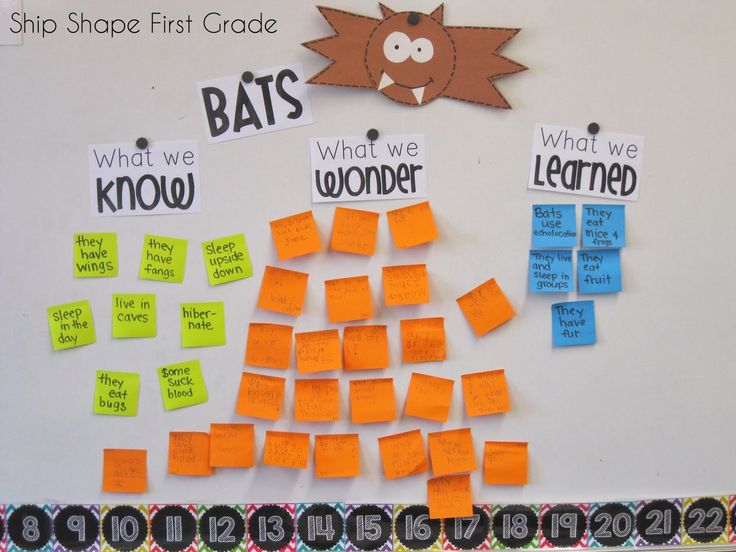 e. squares, circles, triangles, etc.) and using formal and informal language to analyze and compare the shapes (K.G.1-3). They should also be familiar with making simple shapes to form larger shapes (K.G.6).
e. squares, circles, triangles, etc.) and using formal and informal language to analyze and compare the shapes (K.G.1-3). They should also be familiar with making simple shapes to form larger shapes (K.G.6).
Future Learnings
This 1st grade skill of understanding halves and fourths will help your students when they move onto 2nd grade. By understanding halves and fourths, your students will be able to work with, draw, and analyze shapes. Your students will learn to identify more complex shapes: triangles, quadrilaterals, hexagons and cubes (2.G.1).
They will also be able to cut shapes into equal parts and deepen their understanding of “part and whole relationship,” explaining that a whole can be made up of parts (i.e. three thirds, four fourths, etc..) They will also learn that the “equal shares of identical wholes” do not need to the same shape to equal each other (2.G.2-3).
Common Core Standard: 1.GA.1 - Distinguish between defining attributes versus non-defining attributes
Students who understand this principle can:
- Understand and explain the difference between defining and non-defining attributes (i.
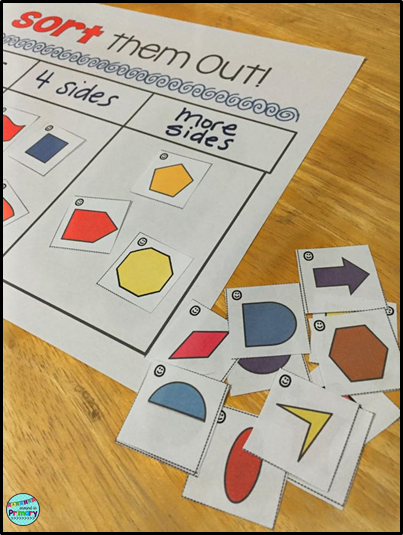 e. number of sides/corners vs. color and size)
e. number of sides/corners vs. color and size) - Identify basic 2D shapes: rectangles, squares, trapezoids, triangles, etc.
- Identify basic 3D shapes: cubes, right circular cones, right circular cylinders, etc.
- Create a shape when given a list of defining attributes.
2 Videos to Help You Teach Common Core Standard: 1.GA.1
Below we provide and breakdown two videos to help you teach your students this standard.
Video 1: Understanding Basic Shapes and Attributes
The video begins by listing some attributes of common shapes.
- Shapes can have multiple sides: some straight, some curved.
a. It shows two shapes with straight and curved sides, identifying both. - Shapes have corners which are also called angles or vertices.

a. An angle is where two sides meet to close a shape. - Some shapes are closed and some are open.
a. Provides examples of open and closed shapes.
The video then reviews some common shapes, discussing their attributes.
- A triangle is the first shape.
a. It is closed.
b. It has 3 straight sides and 3 corners. - A square is a second shape.
a. It is closed.
b. It has 4 straight sides and 4 corners.
c. A square has sides and corners that are all the same size. - A rectangle is the third shape.
a. It is closed.
b. It has 4 straight sides and 4 corners.
c. It has opposite sides that are the same length. All corners are the same size. - A circle is the fourth shape.
a. It is closed.
b. It has zero straight sides and zero corners.
c. Instead, it is a curved, closed shape.
After, the video provides practice for students to match attributes of shapes. Your students can identify which shapes from the choices have the same attributes as the selected shape.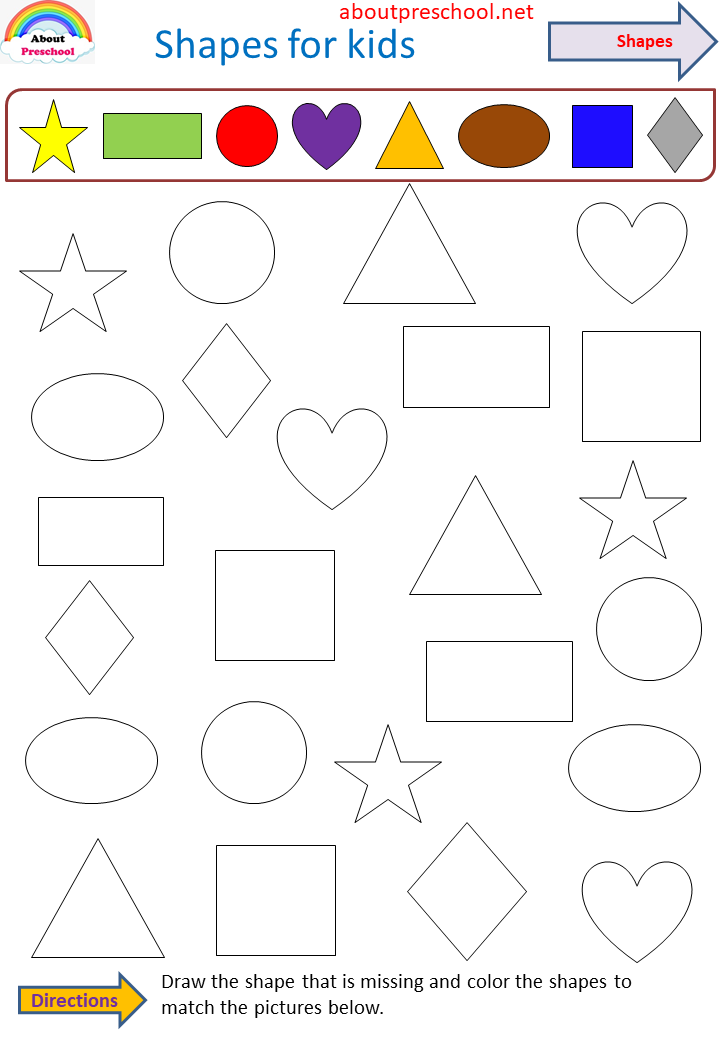
Video 2: Identifying Shapes Based on Their Attributes
The video begins by explaining that almost everything we see is made up of shapes. It then defines that a two-dimensional shape is a flat plane figure or a shape that has two dimensions: length and width.
To classify 2D shapes, Boddle explains we look at the number side and corners. The video then presents examples of basic shapes and reviews the attributes that classify them as such.
- The first shape is a circle.
a. It has no side and no corners.
b. Coins and round clocks are examples of circles. - The second shape is an oval.
a. It is longer, more stretched than a circle.
b. It has no sides and no corners.
c. Footballs and watermelons are examples of ovals. - The third shape is a triangle.

a. It has 3 sides and 3 corners (vertices).
i. Vertices are where two sides meet.
i. A single corner is called a vertex.
b. Pizza slices and recycling symbols are examples of triangles. - The fourth shape is a square (quadrilateral).
a. It has 4 sides and 4 corners.
b. All 4 sides are equal.
c. Windows and pieces of chocolate are examples of squares. - The fifth shape is a rectangle (quadrilateral).
a. It has 4 sides and 4 corners.
b. It is like a stretched out square.
c. Its opposite sides are equal.
d. Notebooks and computer monitors are examples of rectangles. - A quadrilateral is any shape with 4 sides and 4 corners/vertices.
The video then offers additional practice for your students to understand and identify shapes.
Want more practice?
Give your students additional standards-aligned practice with Boddle Learning. Boddle includes questions related to Comparing and Measuring Lengths plus rewarding coins and games for your students to keep them engaged.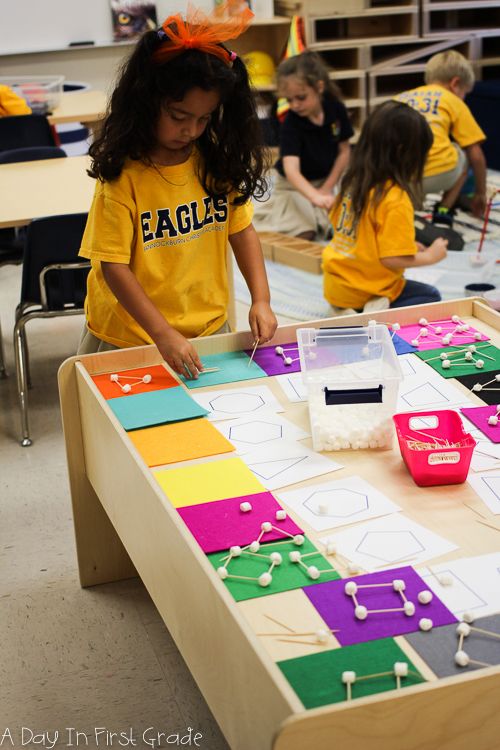 Click here to sign up for Boddle Learning and create your first assignment today.
Click here to sign up for Boddle Learning and create your first assignment today.
*Information on standards is gathered from The New Mexico Public Education Department's New Mexico Instructional Scope for Mathematics and the Common Core website.
What should a child know and be able to do by grade 1? Professional Guide
Author: Professional Guide
Updated by
The beginning of the new school year is literally on the nose, and, probably, the parents of first-graders are most worried about the upcoming September 1. These worries are justified in their own way: children will have to start studying, get used to a new team, learn responsibility, planning and many other things. So that you can assess how ready your child is for this, and what points you should work on, we have compiled a list of what he should know and be able to do by grade 1. By the way, the ProfGid career guidance center has recently developed an accurate career guidance test that will tell you which professions suit you, give an opinion about your personality type and intelligence.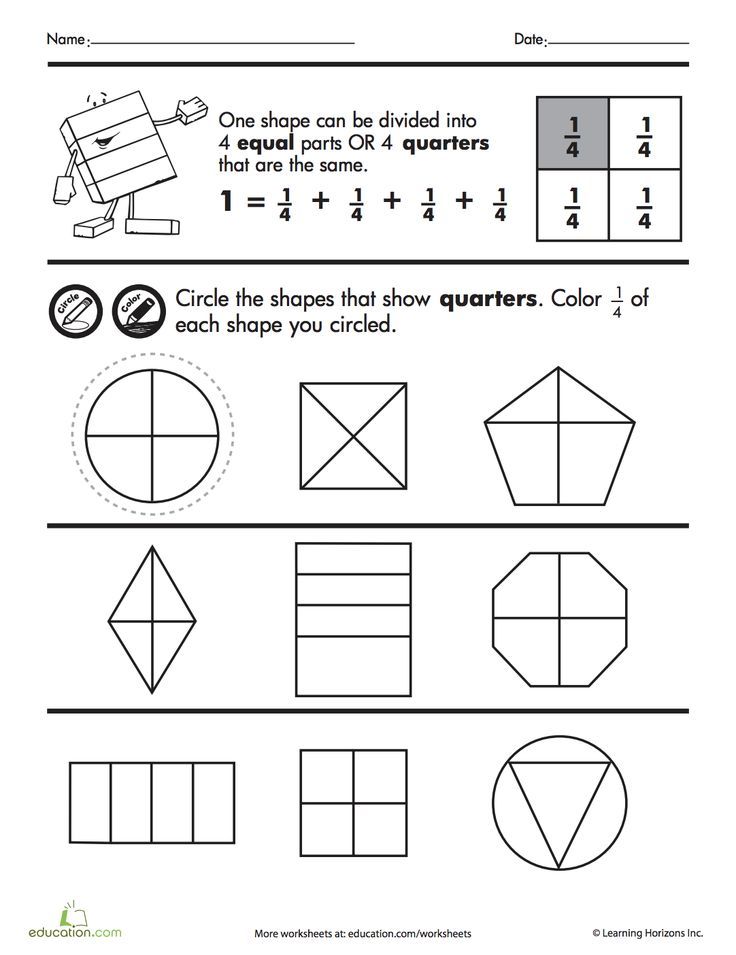
Content:
- Words and concepts
- Reading
- Account and geometry
- Cognitive abilities
- Letter
- Communicative skills
Read also:
Words and concepts
to 6-7-year By the age of the child, a certain picture of the world should already be more or less emerging, in which he should be able to navigate. It includes, among other things, the knowledge of the following:
- Colors.
- Seasons, months, days of the week, the concept of seconds, minutes and hours.
- Animals, birds and their young.
- Professions.
- Varieties of transport.
- Vegetables, fruits and other products.
- Right, left, right arm, left leg, etc.
These are concepts that are discussed in a large number of children's books and educational games, so if a child was involved, he most likely understands them more or less.
Reading
By grade 1, a child should already be able to read.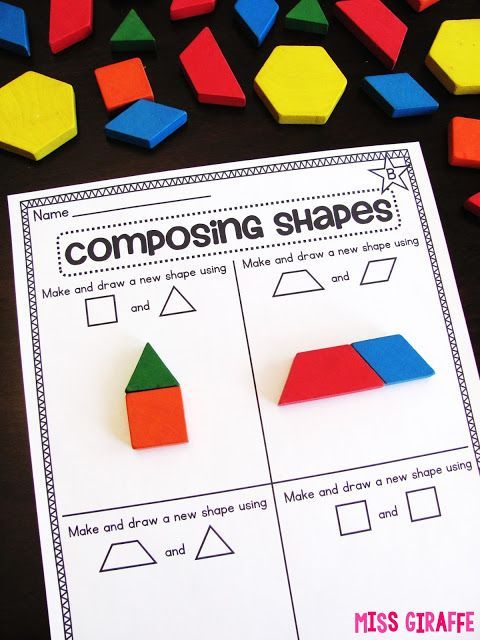 He must know what letters, words and sentences are, associate sounds with the corresponding letters, read simple texts from children's books syllable by syllable. Of course, these skills will be strengthened and developed at school, but their basic foundation should be laid as early as kindergarten age.
He must know what letters, words and sentences are, associate sounds with the corresponding letters, read simple texts from children's books syllable by syllable. Of course, these skills will be strengthened and developed at school, but their basic foundation should be laid as early as kindergarten age.
Counting and geometry
At the age of 6-7 years, the child should also have some mathematical knowledge. They will also deepen in school classes, but a first grader should already be able to at least the following:
- Count up and down to ten, have an understanding of how numbers greater than 10 are formed (even if they are wrong in counting).
- Count a small number of objects (perhaps by touching each one in turn and saying the numbers out loud).
- Understand the basic inequality operations: greater than, less than, equal to, and be able to apply them in practice.
- Know simple geometric shapes. These are square, rectangle, triangle, circle and oval.
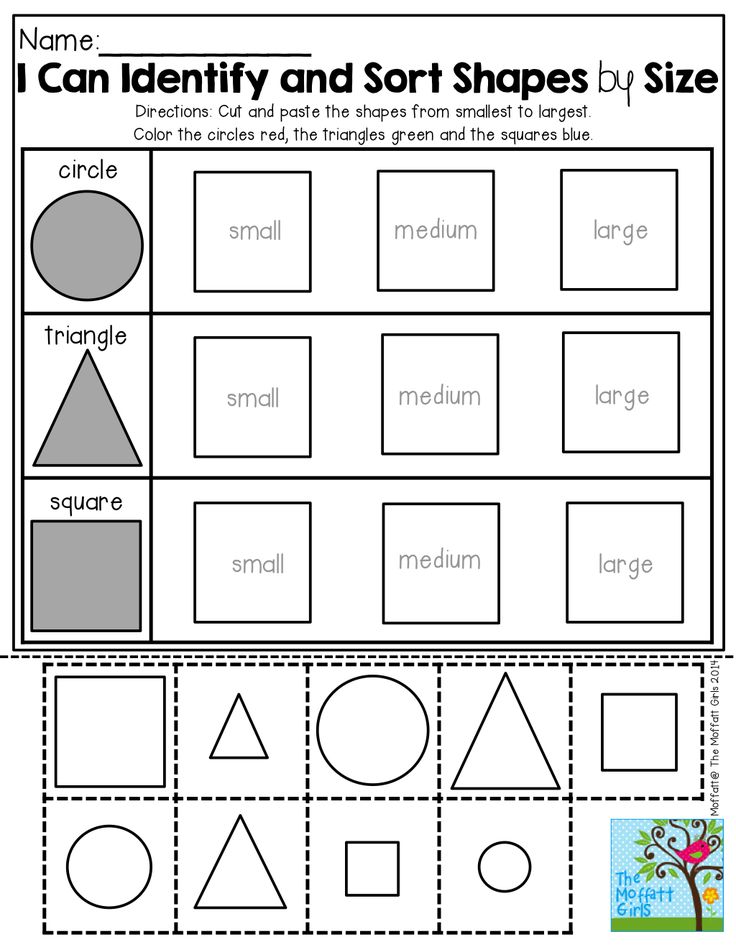 For a child going to grade 1, it should not be difficult to name these figures and match them by shape in educational toys.
For a child going to grade 1, it should not be difficult to name these figures and match them by shape in educational toys.
Read also:
A very simple and convenient way to test a child's mathematical and geometric abilities is the so-called "graphic dictation". It can be done in different formats: for example, you can tell the child how to draw a line (cell up, cell right, cell down, cell right, and so on). Or you can draw a certain figure by cells, and ask the child to repeat it. A more difficult option is to make a pattern out of this figure, that is, repeat it several times.
Cognitive abilities
All experts agree that the first years of schooling for children is not so much the acquisition of knowledge as the acquisition of the ability to acquire knowledge, even if it sounds like a tautology. Therefore, the following group of skills is probably even more important than all the previous ones:
- The ability to solve riddles.
- The ability to find something extra in a row or add something missing.
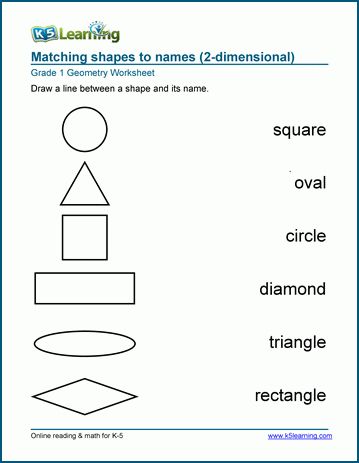
- The ability to perform simple tasks according to a given model without errors.
- The ability to single out a common feature of any objects, to carry out their grouping.
- Understanding simple cause-and-effect relationships (birds fly south in winter because it is warm there and cold here, etc.).
- The ability to invent a story from a picture, in principle to compose some kind of story, to answer questions with complete sentences. Such skills speak, among other things, about the child's ability to concentrate.
- Sufficiently high level of memory development. At this age, a child should memorize 5-6 words (without visual accompaniment) or 9-10 pictures/items.
In other words, if a child can analyze, think, find logic, then he will quickly catch up with his peers even if he lags behind in some other skills. And if such abilities are not very pronounced for him, then even jagged names of colors or letters will not become for him a pass to trouble-free study.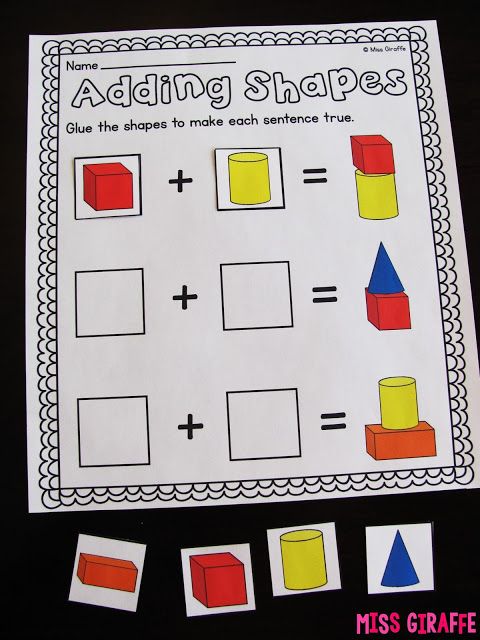
Writing and drawing
Children are directly taught to write at school - there is no need to torture them with cursive while going to kindergarten. However, a 6-7-year-old child should already be able to confidently hold a pencil and a pen in his hand, draw simple geometric shapes and lines. Otherwise, mastering the letter will be very difficult for him.
Communication skills
For some reason, this important point is often forgotten. Everyone says that a child by grade 1 should know his name, the names and surnames of his parents, his address and the like, but very rarely it comes to the fact that he should be able to communicate with other children. And this is much more important than knowing the patronymic of the grandfather or the exact name of the mother's profession.
Read also:
School time is a very important time in a child's life, during which a significant part of his socialization will be completed. Therefore, it is highly desirable that by grade 1 he already has extensive experience in communicating with peers, is not afraid and does not hesitate to communicate with them, has basic conflict resolution skills, and so on. Quite a lot depends on a comfortable infusion into the class team: both in the context of learning and in terms of developing social skills and even the child’s self-esteem.
Quite a lot depends on a comfortable infusion into the class team: both in the context of learning and in terms of developing social skills and even the child’s self-esteem.
In conclusion, it is worth noting that any lived time is never lost, because during this time a lot happened and a lot was done. And if your child is not ready to go to school in many ways, there is nothing wrong with postponing this event for a year. Well, if everything is in order for most factors - do not worry in vain and rejoice with your child at his first school bell!
What should a future first grader know and be able to do | Chita.ru
Valentin Bulavko
What a future first grader should know and be able to do
Enrollment in first grades began long before
the beginning of autumn, on January 26th. The day before, the Chita Education Committee held its first citywide meeting of parents whose children will start school this September.
At the disposal of "Chita.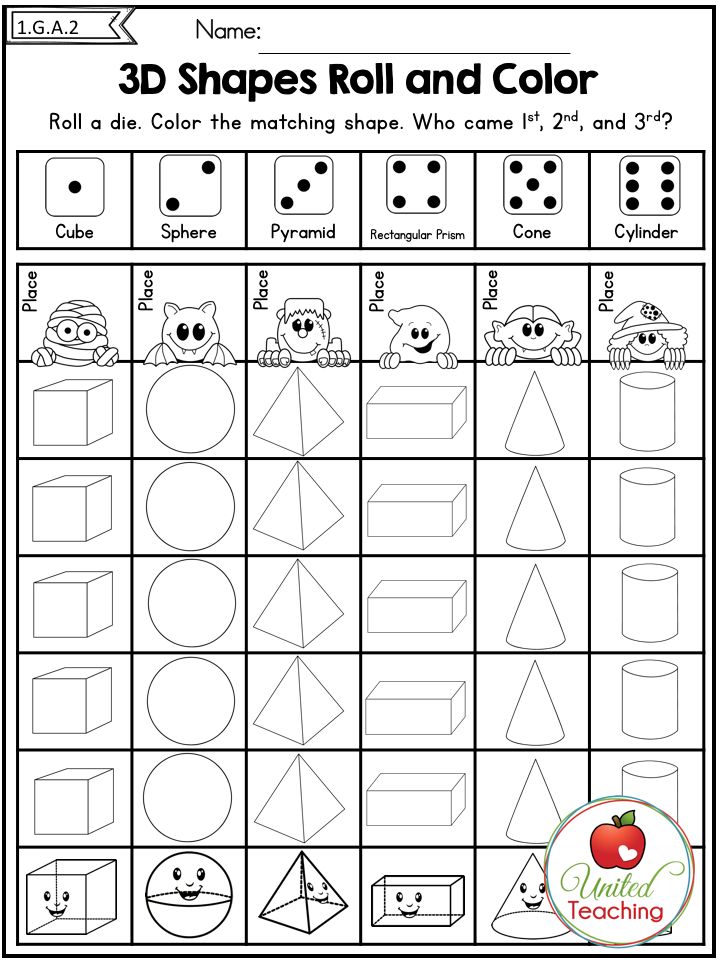 Ru" was brochure "What should a future first grader know and be able to do?" - the participants of the meeting received the same ones. We publish its text in full.
Ru" was brochure "What should a future first grader know and be able to do?" - the participants of the meeting received the same ones. We publish its text in full.
General development
Should call without hesitation
“Very often we encounter the fact that a child does not know his full name, the name and patronymic of his parents, the name of the street where he lives, the city where he lives,” the head teacher of gymnasium No. 4 Elena Kuznetsova.
- your first name, patronymic and last name;
- your age and date of birth;
- surname, name and patronymic of parents, their occupation and place of work;
- your address, city, street, house, entrance, apartment, home telephone number;
- the country in which he lives and its capital;
- the main sights of your city;
- basic colors and their shades;
- parts of the human body;
- footwear, clothing, headgear and understand the difference between them;
- professions, sports;
- types of land, water, air transport;
- famous Russian folk tales;
- great Russian writers and of the most famous works;
- carefully cut out geometric shapes from paper, shapes along the contour;
- know the rules of behavior in public places and on the street.
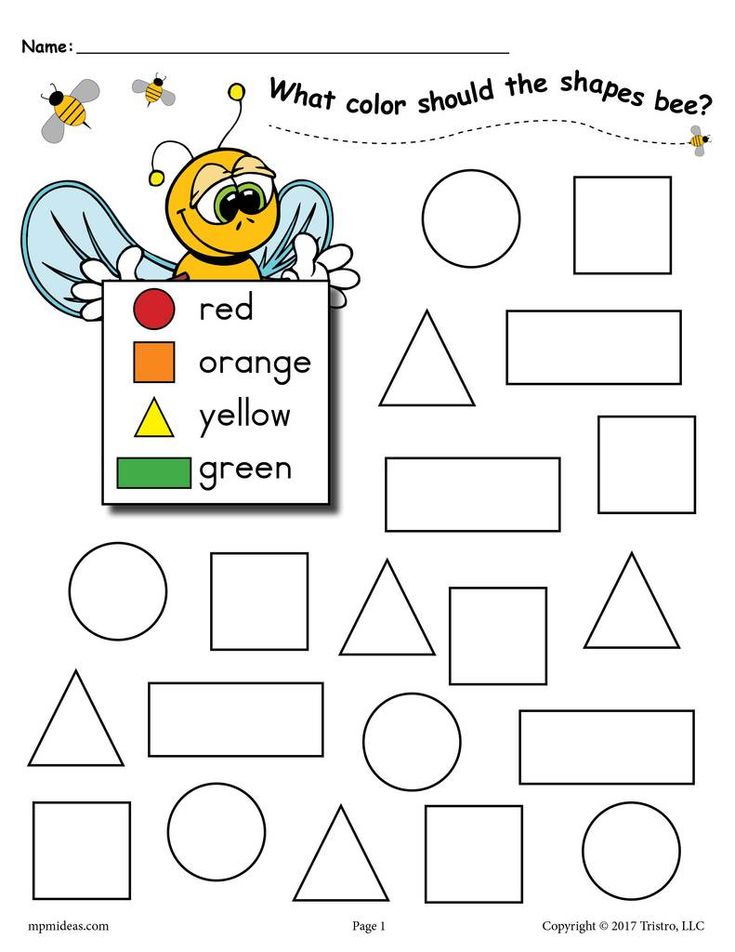
Day of Knowledge in the village of Aginskoe
/ Ksenia Zimina
Self-service
Useful skills
- knows how to dress and undress quickly, neatly, keeps order in his closet, neatly cleans the bed;
- mastered the techniques of cleaning shoes and clothes;
- uses cutlery correctly, eats neatly, silently, with a napkin, maintains correct posture at the table;
- brushes teeth independently, keeps nails clean, turns away when coughing and sneezing, covers nose and mouth with handkerchief.
Physical development
Athletic abilities
- successfully demonstrates speed, agility, endurance, strength and flexibility in motor activity;
- expressively, with sufficient amplitude and accurately perform physical exercises;
- has a basic understanding of certain sports;
- is aware of the relationship between the quality of an exercise and its result;
- shows elements of creativity in motor activity;
- through movements conveys the originality of a particular character, animal;
- strive for originality in their movements;
- has an idea of what health is, understands how to support, strengthen and preserve it.
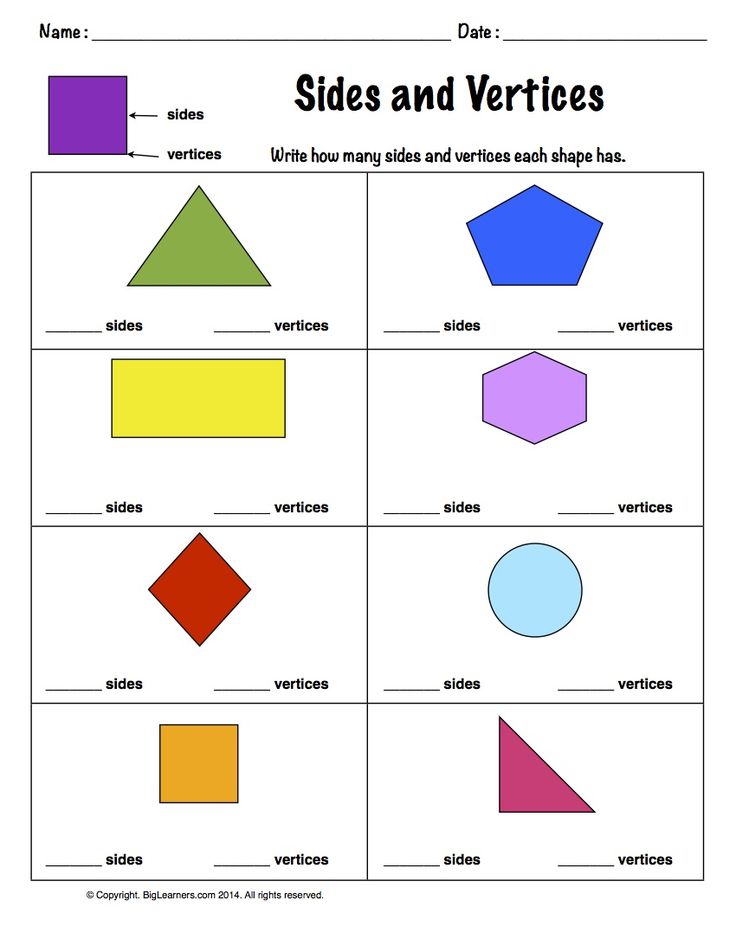
Speech
Child capable
- ask questions, answer them, argue the answer, consistently talk about a fact, event, phenomenon;
- independently use synonyms, antonyms in speech;
- to distinguish between a sound, a syllable, a word, a sentence. Pronounce words in syllables with claps or stomps;
- make sentences of three to five words;
- distinguish vowels, consonants, hard, soft sounds. Determine the place of sound in a word, find words with a certain sound;
- make up stories, fairy tales from pictures, from personal experience, from a set of toys. Be able to convey the content of small literary texts, retell literary works by roles;
- memorize and expressively recite short poems;
- have an idea about the features of literary genres (fairy tale, story, poem, proverb, riddle).
Mathematics
Fundamentals of arithmetic
- know the composition of the first ten numbers, numbers from one to ten;
- understand the meaning of plus, minus, equal, greater than, less than signs, be able to compare numbers from one to ten;
- be able to get the number of the first ten by adding one to the previous one and subtracting one from the next one in the row;
- name numbers within ten in forward and reverse order, name the next and previous number;
- be able to indicate the number of items using numbers;
- compose and solve simple addition subtraction problems within ten, solve logical problems;
- know the names of geometric shapes;
- navigate in terms of "left", "right", "above", "below", "before", "between", "behind" on a sheet of paper in a box and in space, to hatch in different directions;
- to measure the length of objects with a standard measure.
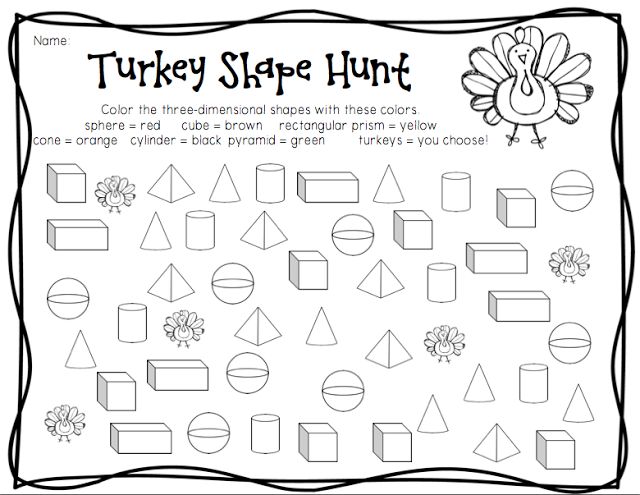
Learn more

